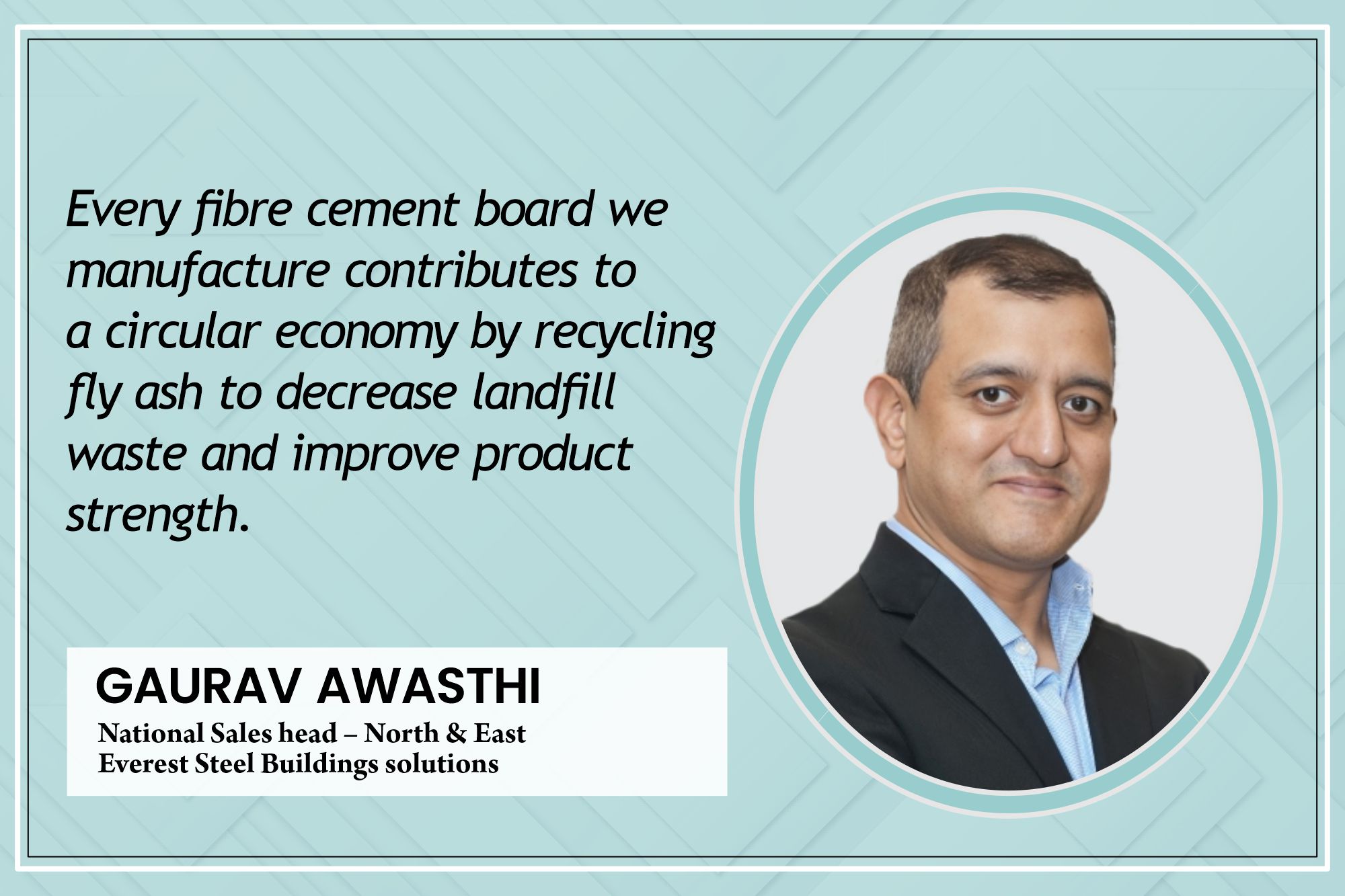Tekla BIM: ideal for steel fabricators
By Edit Team | June 21, 2014 8:04 am SHARE

Tekla BIM software helped TTJ Design and Engineering design 18 giant steel and concrete trees, in the complex geometries involved in constructing canopy
“Gardens by the Bay” will have conservatories that will bring in plants native to more temperate climates as well as themed gardens that explore the different cultural traditions that make up Singapore. And drawing attention to these are 18 giant steel and concrete trees, between 25 metres to 50 metres high. These Supertrees, as they are called, consist of concrete trunks with a canopy made of a complex of steel tubes that form the branches at the top of each tree. The tops of some of the trees will have solar cells that will generate power for use in the conservatories below. The trunks of the Supertrees are similarly clad in a steel frame and draped with many types of climbers, flowers and ferns.
The Supertrees will also allow visitors to enjoy the view from above. A 128-metre long suspension bridge links two of the taller trees together and allows visitors to soak in the view from 22 metre above the ground. Steel is a critical component of the entire project, from the frames around each trunk to the network of branches that form the canopy. The steel work was the responsibility of Singapore company TTJ Design and Engineering, which relied heavily on Tekla BIM software for the entire project.
Design has complex geometries
On this project, TTJ worked closely with the architects and structural construction consultants to fabricate the parts needed for the Supertrees.
Working with the design drawings for construction, TTJ began by using Tekla software to create the general arrangement drawings together with connection details. The drawings were then sent back to the architect and consultants for their approval. Tekla software has been deployed within TTJ for the past 10 years, being one of two pieces of software that the company uses to create drawings of steel parts. Tekla, however, is used exclusively for complex jobs.
“Any time you have curved parts, it is good to use Tekla,” says Madam Tan Yumin, the Engineering Manager at TTJ. “This is because the company’s other software has difficulty handling curved members. From our experience, Tekla is the best.”
Tekla BIM software was especially necessary on this project because of the complex geometries involved in constructing the canopy. The interlocking branches at the crown of each tree are a delicate network of steel tubes encircled by a stainless steel cable that pulls the structure together. The cable ensures that the branches do not start sagging and putting undue stress on the entire canopy. To reduce the weight of the overall structure, the steel used in this canopy is very thin, some of them being just 3.2 mm thick. As a result, just 920 tonnes of steel were used to build the 18 soaring Supertrees.
Fabrication process speeds up
According to Madam Tan, Tekla has numerous attributes that make it ideal for steel fabricators. For example, it is able to handle changes on the fly so any changes proposed by the architect to the original drawing are automatically reflected in the general arrangement drawing.
TTJ took about one and a half months to model each tree with Tekla. “If we had used ordinary CAD software to do the models, it would have taken us three times longer,” says Madam Tan. Part of what speeds up the process is the extensive library of parts that exist, and that can be manually added to. Once architects and the consultants approve the general arrange drawings for the tree, TTJ uses Tekla software to generate the shop drawing for fabricating the joints and every steel part needed, right down to the bolts.
At the factory, the drawings are used to fabricate the necessary parts. Apart from the shop drawings, the factory also relies on Tekla’s 3D models to help the fabricators visualize the structure, a vital step given the complex geometries of each part. After the parts are made, they are pre-assembled at workshop first for checking before being blasted, painted, then sent to the actual site for erection.
At the site, workers from TTJ begin assembling the different parts to form each tree again, relying on the drawings and the 3D models to help them. Overall, the project has taken about two years to go from the drawing board to the actual structures on the ground, ready to welcome the first of many thousands of visitors.
With the help of the 18 Supertrees, Gardens By The Bay will undoubtedly pull in the crowds, all anxious to see these giants close hand. All with the help of TTJ and Tekla.
Cookie Consent
We use cookies to personalize your experience. By continuing to visit this website you agree to our Terms & Conditions, Privacy Policy and Cookie Policy.






































































